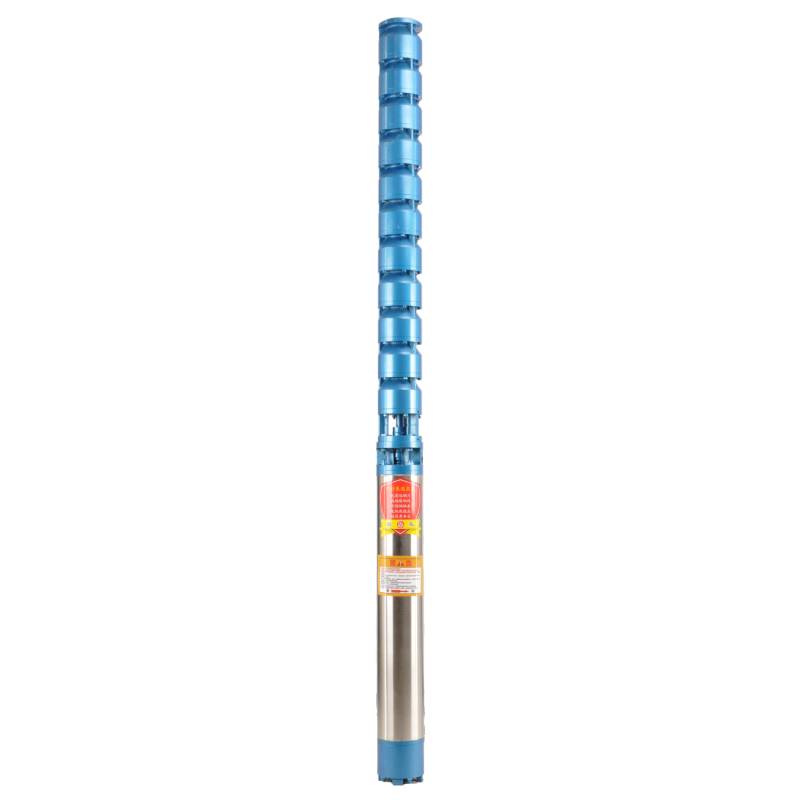Dec . 06, 2024 05:47 Back to list
Overview of Low Depth Submersible Pump Systems for Efficient Water Extraction
Understanding Shallow Well Submersible Pumps
Shallow well submersible pumps are essential devices that play a critical role in extracting water from shallow aquifers. They are specifically designed to operate in wells with depths typically ranging from 25 to 100 feet, making them ideal for residential, agricultural, and light commercial applications. This article provides an in-depth look at these pumps, their working mechanisms, benefits, and considerations for proper use.
Working Mechanism
A shallow well submersible pump consists of a series of components that work together to draw water from the ground. The primary parts include the pump motor, impellers, discharge head, and a series of seals and bearings that ensure the pump operates efficiently and prevents water from entering unwanted areas.
When the pump is submerged in water, the motor, usually located at the lower part of the unit, activates the impellers. These rotating impellers create a centrifugal force that pushes water upward through the pump. As the water flows up, it travels through a series of pipes to the surface or directly into a holding tank, depending on the installation.
The entire pump is sealed tightly to ensure that it remains watertight, which is crucial for durability and longevity. Submersible pumps are designed to run underwater, which helps in cooling the motor and prevents overheating—a common problem in above-ground pumps.
Benefits of Shallow Well Submersible Pumps
1. Efficiency These pumps are known for their high efficiency and can operate continuously without interruption. Because they are submerged, there is less risk of losing prime, which can be a significant issue with other types of pumps.
2. Space-saving Design Since the entire unit is submerged in the water, shallow well submersible pumps do not require extensive above-ground housing. This space-saving design makes them ideal for locations where space is limited.
3. Noise Reduction Operating underwater significantly reduces sound levels, making submersible pumps quieter than their surface counterparts. This is especially beneficial in residential areas where noise can be a concern.
shallow well submersible pump

4. Versatility These pumps can be used for various applications, not just residential water supply. They are also effective for irrigation, livestock watering, and draining flooded areas. Their versatility makes them a popular choice for many users.
5. Durability Constructed with robust materials, shallow well submersible pumps are built to endure the challenging environment of underground conditions. They can resist corrosion, wear, and other environmental factors, ensuring a longer service life.
Considerations for Use
While shallow well submersible pumps offer numerous advantages, there are essential factors to consider before installation
1. Well Depth As the name suggests, these pumps are designed for shallow wells. Users must measure well depth accurately and choose a pump that suits their specific well conditions.
2. Flow Rate and Pressure Different applications require varying flow rates and water pressure. Selecting a pump that can deliver the desired flow rate is critical for meeting user needs effectively.
3. Power Source Submersible pumps typically run on electricity. Users need to ensure that there is a reliable power source available. In cases where electricity is intermittent, solar-powered options may be worth considering.
4. Installation Proper installation is crucial for optimal performance. It’s often recommended to hire a professional to install the pump to ensure that it is positioned correctly and secured properly.
5. Maintenance Regular maintenance checks can help in identifying potential issues before they develop into significant problems. Simple tasks include inspecting for wear and tear, checking electrical connections, and ensuring that the discharge pipe is clear.
In conclusion, shallow well submersible pumps are indispensable tools for efficiently accessing groundwater. They provide a solution to many water-related challenges while offering advantages in efficiency, space, and noise reduction. By taking essential factors into account during selection and installation, users can maximize the benefits of these remarkable devices, ultimately ensuring a reliable supply of water for various needs.
-
Submersible Water Pump: The Efficient 'Power Pioneer' of the Underwater World
NewsJul.01,2025
-
Submersible Pond Pump: The Hidden Guardian of Water Landscape Ecology
NewsJul.01,2025
-
Stainless Well Pump: A Reliable and Durable Pumping Main Force
NewsJul.01,2025
-
Stainless Steel Submersible Pump: An Efficient and Versatile Tool for Underwater Operations
NewsJul.01,2025
-
Deep Well Submersible Pump: An Efficient 'Sucker' of Groundwater Sources
NewsJul.01,2025
-
Deep Water Well Pump: An Efficient 'Sucker' of Groundwater Sources
NewsJul.01,2025
-
 Submersible Water Pump: The Efficient 'Power Pioneer' of the Underwater WorldIn the field of hydraulic equipment, the Submersible Water Pump has become the core equipment for underwater operations and water resource transportation due to its unique design and excellent performance.Detail
Submersible Water Pump: The Efficient 'Power Pioneer' of the Underwater WorldIn the field of hydraulic equipment, the Submersible Water Pump has become the core equipment for underwater operations and water resource transportation due to its unique design and excellent performance.Detail -
 Submersible Pond Pump: The Hidden Guardian of Water Landscape EcologyIn courtyard landscapes, ecological ponds, and even small-scale water conservancy projects, there is a silent yet indispensable equipment - the Submersible Pond Pump.Detail
Submersible Pond Pump: The Hidden Guardian of Water Landscape EcologyIn courtyard landscapes, ecological ponds, and even small-scale water conservancy projects, there is a silent yet indispensable equipment - the Submersible Pond Pump.Detail -
 Stainless Well Pump: A Reliable and Durable Pumping Main ForceIn the field of water resource transportation, Stainless Well Pump has become the core equipment for various pumping scenarios with its excellent performance and reliable quality.Detail
Stainless Well Pump: A Reliable and Durable Pumping Main ForceIn the field of water resource transportation, Stainless Well Pump has become the core equipment for various pumping scenarios with its excellent performance and reliable quality.Detail
